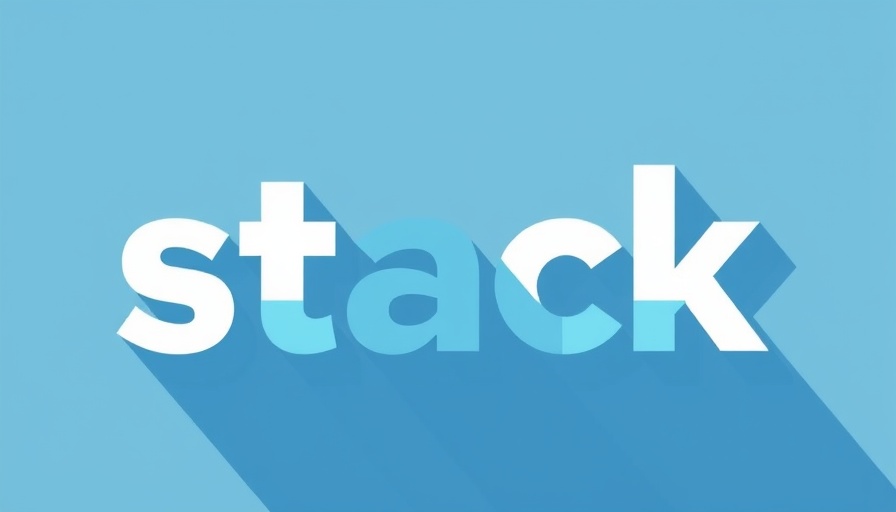
The Evergreen Business: Laundromats in Today’s Market
In a world where convenience often dictates business success, laundromats stand out as both essential and lucrative. Despite their seemingly mundane nature, they have become a popular choice for entrepreneurs looking to invest in a stable and recession-resistant business. Laundromats, with their ability to generate cash flow with minimal oversight, attract those looking for supportive, passive income streams. The secret to their profitability lies in strategic location and adequate equipment.
The Financial Landscape: Understanding Costs
Opening a laundromat requires careful financial planning. Entrepreneurs can expect startup costs ranging from $200,000 to $500,000, making it crucial to develop a robust business plan including accurate financial projections. Take into account that purchasing an existing laundromat often falls between $100,000 to $400,000, though this comes with the perk of established goodwill.
Breaking Down the Expenses: What You Need to Budget For
Buying into a laundromat franchise may involve franchise fees that can vary widely—often starting from $75,000. The required setup costs primarily include purchasing a commercial space, necessary equipment, utilities, legal fees, and marketing efforts. Through examining various sources, several key costs emerge:
- Equipment: High-quality washers and dryers are indispensable, often costing between $1,000 to $6,000 each. The periodic maintenance and replacement expenses should also factor into your budget.
- Location: Monthly rent can vary dramatically based on location, ranging from $2,000 to $10,000. Prime locations might require a heftier investment but can yield proportionate returns in customer footfall.
- Utilities: Given the nature of the business, the monthly utility costs—including water and electricity—are critical expenses, often amounting to $2,000 to $6,000.
- Insurance: Adequate coverage can range from $1,000 to $3,000 annually, protecting your business from inevitable risks.
- Marketing: The importance of a strategic marketing plan cannot be overstated. Budgeting around $10,000 to $20,000 for the first six months can keep your laundromat in the public eye and build a loyal customer base.
Financing Your Laundromat: Options for Entrepreneurs
Given the considerable setup costs, many aspiring laundromat owners turn to various means of financing. Options include:
- Small Business Loans: These traditional financing methods can provide necessary funds with favorable terms.
- Equipment Financing: Specifically designed loans for purchasing essential appliances that serve as collateral.
- Franchise Financing: If considering a franchise, many franchisors offer extensive support and funding options.
- Investors: Bringing in capital from investors can reduce reliance on bank loans.
Moreover, consider business lines of credit for ongoing operational costs, ensuring you have an accessible source of funding as your business grows.
Ongoing Costs: What Comes Next?
After the initial investment, operational costs remain significant. The ongoing financial obligations include:
- Insurance and repairs for the equipment, which typically range between $500 to $2,000 monthly.
- Marketing expenses to maintain customer engagement, costing about $500 to $1,000 monthly.
- Employee wages and other administrative overhead.
Conclusion: Your Path to Success in Laundromat Ownership
Opening a laundromat may be costly, but understanding the detailed expenditures and financing solutions can pave an effective path to success. Entrepreneurs should be proactive in market research and financial planning to ensure a profitable venture. Consider all financing opportunities from equipment financing to business loans. With diligent planning, your laundromat could thrive as a steady income source.
As you contemplate this lucrative investment opportunity, it’s pivotal to take the next step toward making your laundromat vision a reality. Consult with financial experts and understand your business financing options to set yourself up for lasting success.
 Add Row
Add Row  Add
Add 



Write A Comment